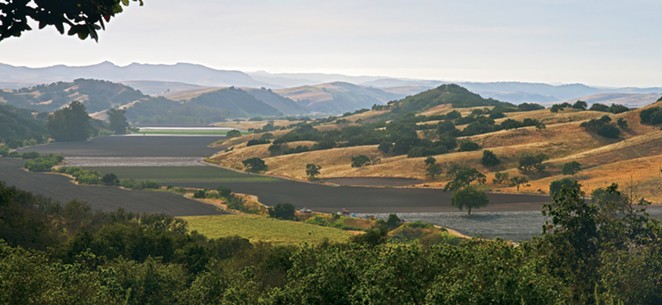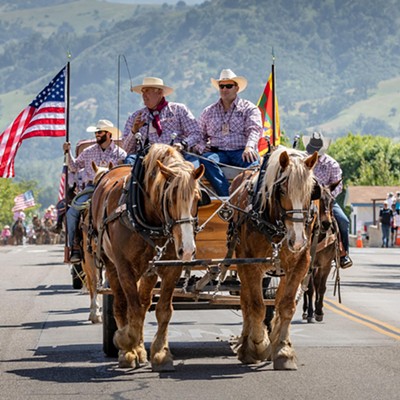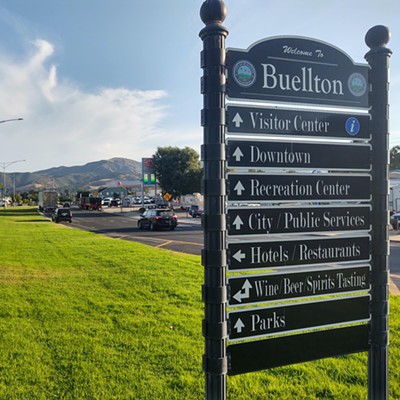After dedicating more than a decade of time, resources, and energy to fight what would be a historic development project in the Santa Ynez Valley, Carla Frisk finally saw a judge rule in favor of agricultural preservation.
“It was really amazing. … We had worked on it for so long,” Frisk said. “This means that we have a really good precedent for preserving land in the Santa Ynez Valley. Although I don’t live there anymore, it’s very near and dear to my heart. It’s the golden hills of California; it’s iconic.”
Rancho La Laguna Ranch Company LLC and Rancho La Laguna LLC proposed to subdivide 4,000 acres of ranch land near Foxen Canyon Road and bordering Los Padres National Forest into 13 parcels for residential development.
Frisk—a Santa Barbara County Action Network board member and a part of the former Santa Ynez Valley Alliance, along with other environmental organizations against this project—said that it would open doors for mansion development and take away from the agricultural lands in the area.
“There were going to be 13 mega-mansions on this parcel, and it would be a terrible precedent in this area, which is really rural with just ranches, vineyards, and farms,” Frisk said. “You approve a project like that and the guy on the next parcel with his 2,000 acres wants the same deal and how can you say no?”
The project first went through the county in 2010. It was the first of its kind since the Board of Supervisors denied a similar project in 1995, Environmental Defense Center (EDC) Chief Counsel Linda Krop said. The Santa Ynez Valley Alliance—which later shifted to the Santa Barbara County Action Network—and the Environmental Defense Center (EDC) got involved because the county hadn’t required an environmental impact report.
“Our clients were concerned because if it could be done at Rancho La Laguna, it could be done at other agriculture properties in the county,” Krop said. “The county has really strong policies to protect agriculture; they adopted an agriculture element as part of its general plan in 1990.”
The EDC argued that state laws required the Rancho La Laguna project to go through environmental review because it would subdivide the land into five or more parcels, she said. The county agreed and environmental review of the project was completed in 2016. In 2017, the Planning Commission denied the project and the applicants appealed the decision to the Board of Supervisors, which also denied the project, Krop said.
“Then, the developers filed a lawsuit against the county and we were able to intervene, so we were able to defend the county’s denial,” she said.
Santa Barbara County Superior Court Judge Jed Beebe said in his ruling on Aug. 8 that the Board of Supervisors acted within its rights to deny the project and that the concerns for agricultural impacts were reasonable.
“It seems fair to observe as well that the character of the areas would be in some measure changed by the construction of new residences, the widening of roads, the construction of driveways, the addition of a shared water system, and the provision of more widespread electrical and other utility networks,” the ruling read. “Petitioners argue strongly that the land area is huge, that agriculture remains viable and that all these uses are proper to the development of agriculture.
“Still, it may be debated whether these are changes that assure and enhance the continuation of agriculture as a major viable production industry,” the ruling continued.
Attorneys representing Rancho La Laguna Ranch Company LLC and Rancho La Laguna LLC could not be reached for comment before the Sun’s deadline.












